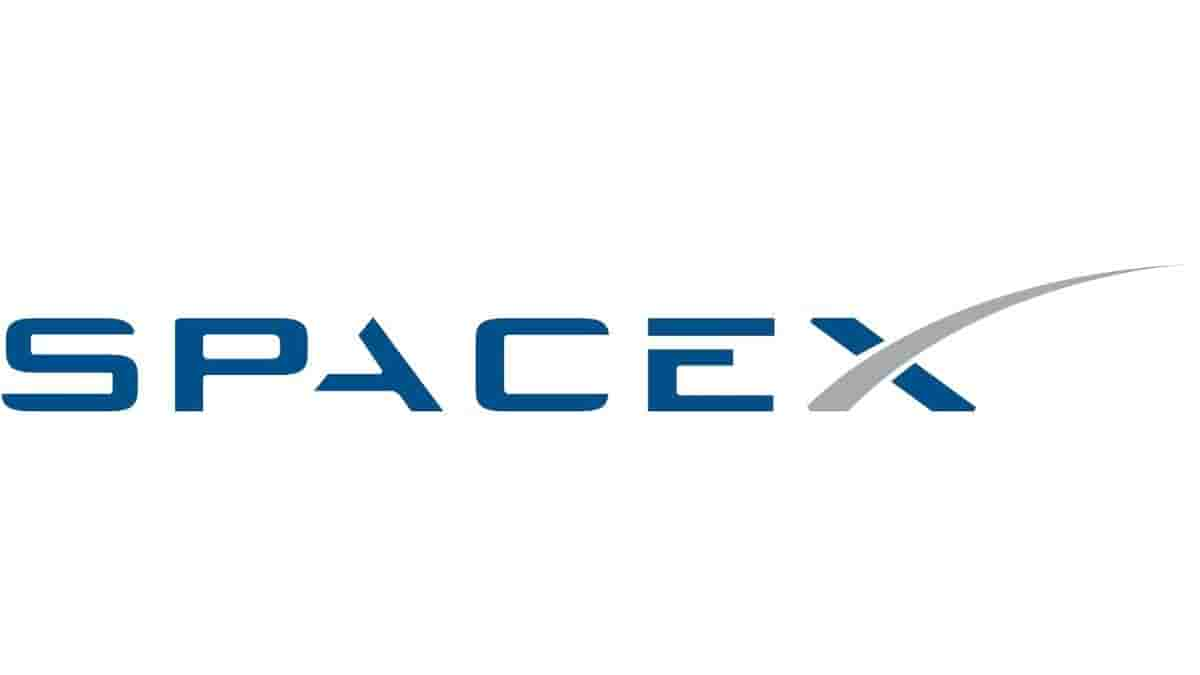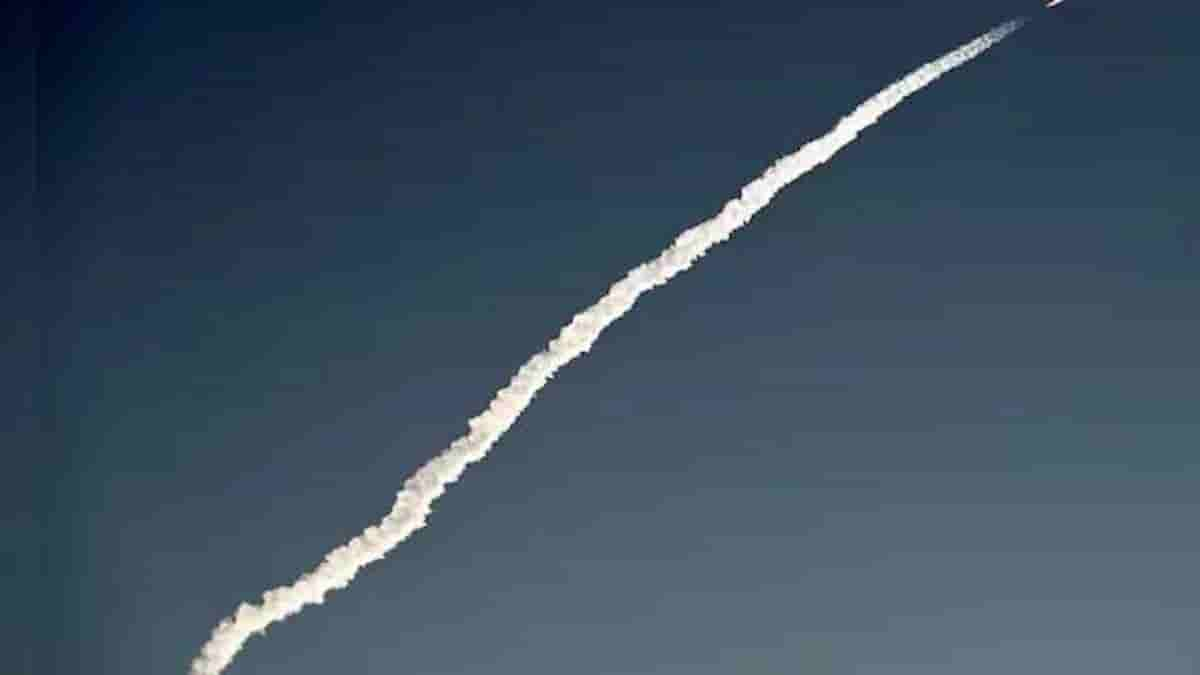Europe looks to Elon Musk’s SpaceX to fill the launch gap created by the tensions with Russia

After the Ukraine war prohibited Western access to Russian Soyuz rockets, the European Space Agency (ESA) started preliminary technical conversations with Elon Musk’s SpaceX which might result in the temporary use of its launchers.
The private American rival to Europe’s Arianespace has evolved into an important contender to fill a temporary gap with Japan and India, but the ultimate decision relies on the still uncertain timeline for Europe’s delayed Ariane 6 rocket.
“I would say there are two and a half options that we’re discussing. One is SpaceX which is clear. Another one is possibly Japan,” ESA Director General Josef Aschbacher said.

Discussions are still in the exploratory stage, according to Aschbacher.
Josef Aschbacher, director general of the ESA, stated that they must, of course, ensure they are suitable. It isn’t like catching a bus. For example, the link between the satellite and the launch vehicle must be appropriate, and unusual launch vibrations cannot endanger the payload.
Additionally, Aschbacher stated that they are investigating this technical feasibility, but they have not yet demanded a financial offer. To decide whether to request a firm commercial offer, they merely want to be certain that it would be a choice.
Requests for comment from SpaceX were not answered.
However, a high-profile European mission may be hailed as a huge success for the U.S. rocket manufacturer. SpaceX’s Falcon 9 has already swept up other customers cutting connections with Moscow’s increasingly isolated space sector after the Ukraine conflict.
Aschbacher emphasized that any backup plan would only be temporary and added that he was not concerned about the fate of Ariane 6.
OneWeb, a rival to SpaceX’s Starlink satellite broadband project, reserved at least one Falcon 9 launch in March. Additionally, an Indian launch has been scheduled.
While it develops a new model of its Antares rocket, whose Russian-made engines were pulled by Moscow in reaction to sanctions, Northrop Grumman on Monday reserved three Falcon 9 missions to transport NASA supplies to the International Space Station.
Up until now, Europe has relied on the Russian Soyuz for medium missions, the Italian Vega for light payloads, and the Ariane 5 for large missions. The new Ariane 6, which was intended to replace both the Ariane 5 and the Soyuz and was designed in two configurations, has been postponed until next year. Its next-generation Vega C made its debut last month.
After the current round of hot-firing testing, Aschbacher predicted a more specific Ariane 6 schedule will be available by October. He added that the most recent Ariane 6 delay was not due to any significant new setback and that ESA would then finalize a backup plan to be presented to the ministers of the 22 member nations of the organization in November.
According to Aschbacher, the war in Ukraine had proven that Europe’s ten-year plan of collaboration with Russia in gas supply and other areas, including space, was no longer effective.
However, he dismissed the likelihood that Russia will honor its commitment to leave the International Space Station (ISS).


